How to Become a Cat Breeder: A Beginner’s Step-By-Step Guide
Thinking about diving into the world of cat breeding? It’s a wild, rewarding ride—think fluffy kittens, late-night snuggles, and the thrill of shaping a pedigree line. But let’s be real: it’s not all purrs and cuddles.
From picking the right cats to navigating the emotional and financial rollercoaster, becoming a breeder takes grit and know-how. Lucky for you, I’ve got a step-by-step guide to get you started on the right paw. Ready to turn your cat obsession into a legit passion project? Let’s jump in!
In this guide, we’ll walk you through the fundamentals of how to start a cattery, design your cattery ,the expenses to run a cattery, and key insights into cat breeding for beginners. You’ll also get some practical advice from experienced breeders.
Action Plan: 7 Steps to Start Your Own Breeding Cattery
Here’s a quick step-by-step action plan to get started:
- Educate Yourself – Decide if you’ll treat this as a hobby or a business – then become a Sensei Collective Member and get on track FAST
- Find a Mentor – Connect with experienced breeders for guidance. (Not required by it is helpful. Best of all, we can be your mentor!)
- Plan & Design Your Cattery – Set up a proper space for your cats.
- Acquire High-Quality Breeding Cats – Learn how to vet a breeder before purchasing a kitten.
- Learn How to Market your Cattery – Great success will come when you learn about cattery marketing and business.
- Set Your Kitten Pricing – Understand pricing strategies.
- Enjoy Your Journey as a Cat Breeder!
Responsibilities of a Cat Breeder
Before diving in, it’s essential to understand that cat breeding is about more than just producing cute kittens. A responsible breeder works to preserve and protect the breed, ensuring high standards in health, temperament, and type.
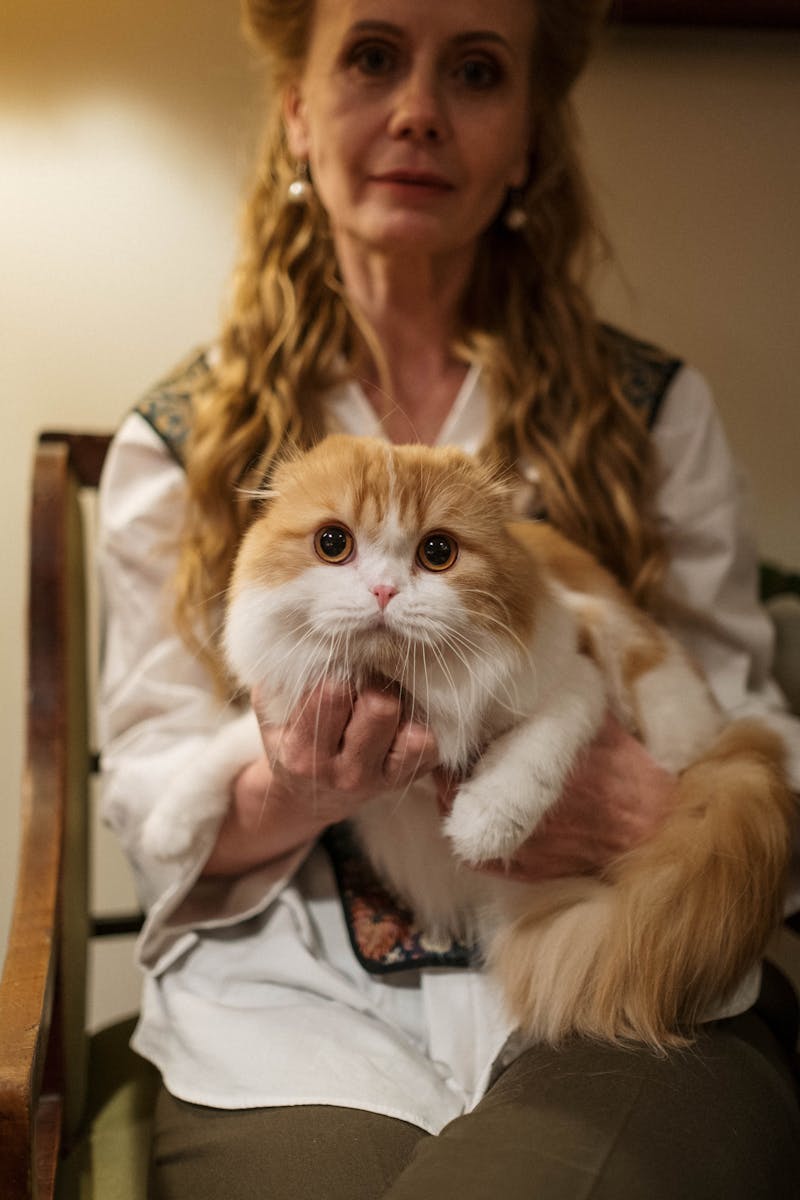
1. Health: The Top Priority in Cat Breeding
Every pedigree cat comes with its own set of known health risks. Before starting your cattery, research your chosen breed’s health issues and identify any genetic markers that can be tested for. DNA testing and health screenings are crucial for ensuring you are breeding healthy cats.
- Consider using Wisdom Panel or Optimal Selection for DNA testing.
- Screen for breed-specific conditions such as HCM (Hypertrophic Cardiomyopathy), PKD (Polycystic Kidney Disease), and hip dysplasia.
2. Temperament: Choosing Cats with Great Personalities
The temperament of your breeding cats is often inherited, primarily from the queen. Cats that are social, affectionate, and well-adjusted tend to pass these qualities on to their kittens.
- Choose friendly, confident kittens from reputable breeders.
- Spend time socializing your kittens early on.
- Avoid breeding cats with aggressive or fearful tendencies.
3. Type: Preserving the Breed Standard
Every breed has specific guidelines for body structure, coat, eye shape, and more.
- Study the breed standard provided by cat registries like CFA, TICA, or FIFe.
- Attend cat shows to see high-quality examples of your breed.
- Select breeding cats that closely match the standard to preserve the integrity of the breed.
What is a Reputable Cat Breeder?
There’s likely many explanations from consumers, cat fanciers, and the general public. All of which will have very different views.
With the decision to breed Pedigree cats come the obligation to be reputable. That is a quality that should stay with you no matter what you are faced with. The cats are counting on you, and so are the people who seek you out to acquire their beloved friend for life.

Get the Training and Support That You Need
When you become a member today, you’ll have instant access to a personal mentor who will be there for you and give you the answers you need.
Not only this, you’ll also get access to:
- Step-by-Step Training Courses about Breeding Cats
- Full Blueprints for Marketing Your Cattery and running your business professionally
- Unlock TikTok For Your Cattery with the course on Viral Video Creation
- Digital Resources and Tools
- Invite Only to our Discord
- Exclusive Deals on SpaySecure and Sensei Store
- Monthly “Members Only” Training Calls
Commitments Required To Be a Successful Cat Breeder
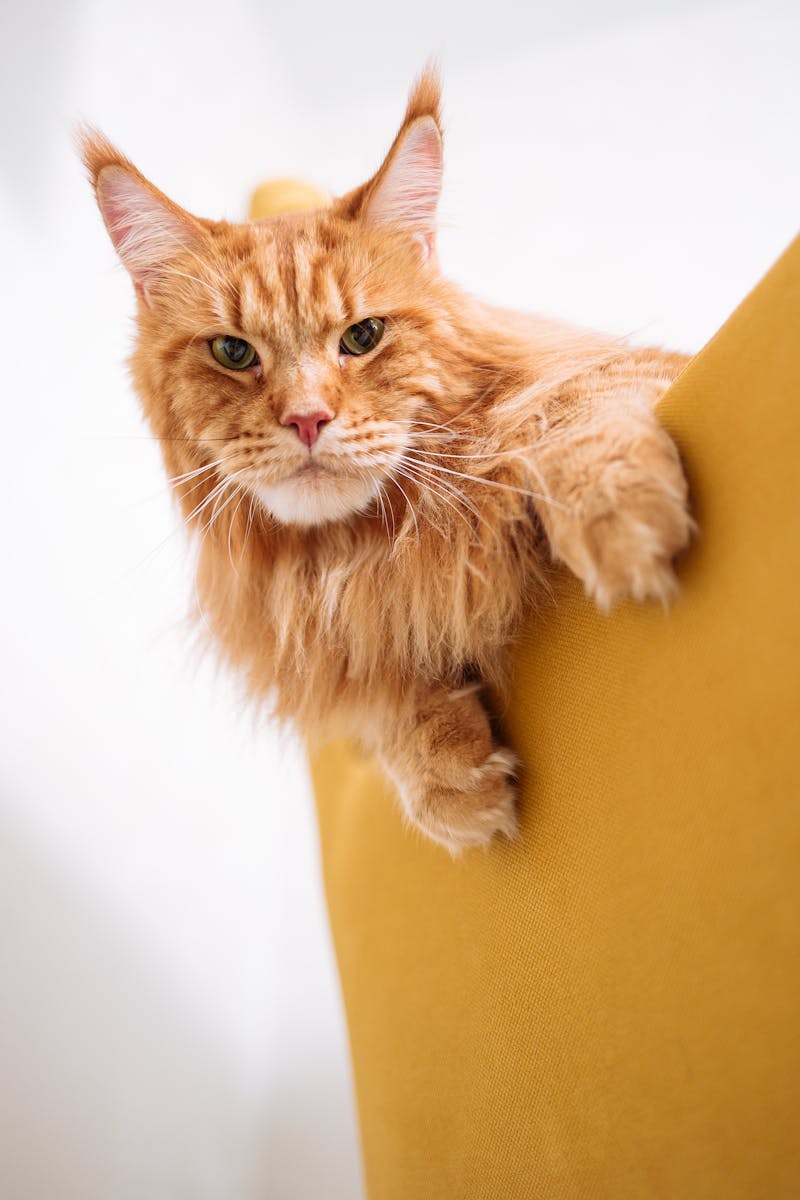
Time
Breeding cats is a time-intensive commitment. From socializing kittens to maintaining health records, cleaning, and marketing, you will find yourself devoting several hours a day to your cattery. If you work full-time or have other obligations, consider whether you have at least 20-25 hours per week to dedicate to your cats. Additionally, attending cat shows, engaging with other breeders, and continuous learning will require even more time.
Money
The financial aspect of cat breeding is often underestimated. Not only do you have the initial investment in high-quality breeding cats, but you will also have ongoing costs such as vet care, food, supplies, cattery maintenance, and registration fees. Emergency expenses can also arise, and it’s essential to have a financial buffer for unexpected health issues or complications.
Space
Your cattery setup is crucial for the well-being of your cats. Each breeder will have different spatial requirements depending on the number of cats they keep, but at a minimum, you will need:
- Separate housing for your males and females
- A dedicated birthing area
- A safe and clean quarantine space for new arrivals and/or sickies
- Room for exercise and play If you are using your home, ensure that your breeding operation does not interfere with your daily living space, as cats need a stress-free environment.
Patience
Patience is a critical trait for any breeder. Cats do not always breed on schedule, kittens may require extra care, and unexpected health issues may arise. Breeding is not an overnight success; it may take years before you establish a strong breeding program. There will be learning curves, setbacks, and tough decisions to make—so perseverance.
Here are some more important things you should know when it comes to breeding cats.
We’re Here to HelP You Be the best you can be
More to Learn About Being a Successful Cat Breeder
Housing Males, Storage Tips, and Spaces for Queens
The Expenses to Run a Cattery
Many new breeders underestimate the financial commitment involved. How much does it cost to start a cattery? Once you start designing your cattery, you’ll discover that the estimated startup cost is between $20,000 – $30,000 with ongoing monthly expenses averaging $500 – $1,000, depending on the number of cats in your program.
Breakdown of Cat Breeding Costs:
- Acquiring Breeding Cats: $4,000 – $8,000 per cat
- DNA Testing, PCR’s & Health Screening: $300 – $1,500 per cat
- Cattery Setup & Housing: $5,000 – $10,000
- Food & Supplements: $100 – $300 per month
- Vet Care & Emergency Costs: $5,000+ per year
- Cat Registration & Show Fees: $50 – $500 per year
- Marketing/Advertising: $5,000 Per Year
Designing a Cattery
Designing a cattery is a thoughtful and exciting endeavor, especially for cat breeders who are passionate about creating a safe and enriching environment for their cats. A well-designed cattery goes beyond basic shelter—it’s a space that balances the needs of the cats with the practicalities of daily care and breeding operations.
Whether you’re starting from scratch or converting an existing structure, every detail plays a role in building a cattery in which both cats and their caretakers can thrive in.
For cat breeders, a cattery is more than just a facility—it’s a reflection of their commitment to their craft and the well-being of their cats. A thoughtfully designed cattery can enhance breeding outcomes, reduce stress-related health issues, and even impress potential buyers with its professionalism.
Learn How to Design a Cattery in this blog post/podcast episode duo!
How to Find a Mentor if You’re a New Cat Breeder
The world of pedigree cat breeding can be a brutal place, and finding someone to protect, guide and help you through your journey can be even more challenging.
This podcast episode will give you some insight on a super easy way to get your very own pedigree cat breeding mentor that will not only help you, but will do it without judgement, needing to control your every action, or making you feel like an idiot.
Find a group that will openly and freely help you address any situation you may run into, and that you will be safe to ask the hard questions. There are groups where you will be met with people who are genuinely looking to help you and guide you through this journey. You need to surround yourself with support and kindness, which is exactly what you’ll find in the No Judgement Zone Pedigree Cat Breeder Community. It’s a place where breeders can find encouragement and reliable advice without fear of judgment.

Get the Training and Support That You Need
When you become a member today, you’ll have instant access to a personal mentor who will be there for you and give you the answers you need.
Not only this, you’ll also get access to:
- Step-by-Step Training Courses about Breeding Cats
- Full Blueprints for Marketing Your Cattery and running your business professionally
- Unlock TikTok For Your Cattery with the course on Viral Video Creation
- Digital Resources and Tools
- Invite Only to our Discord
- Exclusive Deals on SpaySecure and Sensei Store
- Monthly “Members Only” Training Calls
Is Cat Breeding Right for You?
Becoming a cat breeder is a rewarding but challenging journey. It requires time, money, patience, and a deep love for the breed. If you’re passionate about preserving and improving a breed, breeding cats can be a fulfilling path.
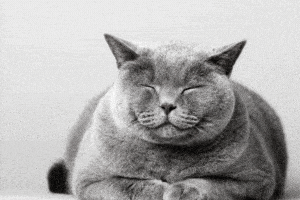
Sharing my new breeder chronicles isn’t something that I particularly like to do. I’ve already let out a tidbit of that story and already, breeders are bashing it for one reason or the other. I guess what they don’t recognize is that it’s my story. This really happened to me, and it also happens to other people.
Don’t worry about being judged or bashed for your mistakes. Everyone will make mistakes, that’s how we learn. <3
Cat Breeder Sensei was created to bring positive change to the community. No more gossip, no more criticizing, no more backstabbing. Instead, a positive vibe where we all share the same love for our beautiful Pedigree cats.
This is my story. (Just some of it, but you’ll get a general idea)
Everything we do in life, we have to learn from mistakes. There’s really no better way to learn than to experience it first hand. Being a new breeder is scary. You want to do the right thing and provide a safe haven for your animals. That’s why getting some of the basic information that will catapult you by years is extremely helpful.
With so many different opinions about how to breed cats, it may be hard to decide where to turn for information. The best you can do is find someone that you trust and follow their advice. This website may contain some personal opinions based on experience, but it also includes facts.
The difference between knowledge and wisdom is experience.
Do You Have a Similar “New Breeder” experience?
Were you welcomed into the cat breeding space with welcome arms? Did you start out with a mentor? How difficult is it for you to find the information that you’re looking for? Are you trying to learn How to Breed Cats but being met with resistance? We’re here to change that!
If you’re ready to learn more, sign up for our Sensei Collective Membership and start your journey as a responsible breeder today!
We want to hear your stories! Leave a comment below and tell us about your experience. Did you feel discouraged at some point and decided to solider on? Good for you!
Why Breeders Throw In the Towel
Breeding Pedigree Cats is no simple feat. What seems warm and fuzzy from the outside can really be a different story behind the scenes. The things that we can’t see or don’t know about are the things that are really frustrating sometimes.
It takes a certain type of person to be strong through some very tough moments on this journey. The worst part is that most of the “bad things” that happen are out of our control.
Learn some reasons why breeders consider throwing in the towel in this podcast episode!
Here’s the Best Advice EVER
When I first started as a pedigree cat breeder, I found myself in the same situation. I met a woman at a cat show who offered to take me under her wing. I soon found out just how bad she wanted to control my cattery, including how my males were housed, what cats I bought, what they looked like, who they came from, who they mated with. These are all personal choices you should make as a cat breeder. Your mentor should be there to guide you, not control you.
In your search for information, you may also find yourself in Facebook Groups full of other cat breeders of all experience levels. They can be a great place to get help and advice, but are also filled with incredibly hateful, mean and unsupportive breeders that are not looking to help you. I have seen too many instances of new breeders getting their ass reamed for asking a simple question to help deal with a hard situation. This is terrible for your mindset as a new breeder and I’ve seen many breeders QUIT as a result of vicious behavior from other breeders in these groups.
This experience is common; you may even be facing the same problems when trying to learn about pedigree cat breeding.
In this podcast episode, I’m going to give you some of the best advice you could possibly get as a new breeder on the scene.
Time to Buy Some Cats!
One of the most exciting phases of becoming a cat breeder is selecting your foundation cats for your cattery. These are the cats that will start to build your business, your reputation, and your experience. But where do you even begin?
This friendly guide on selecting cats for breeding will help you navigate your way through the muddy waters and give you a clear outlook. There’s more than meets the eyes when it comes to choosing cats. Be sure to brush up on this knowledge before you make any decisions.
How Much Do you Know About Breeding Pedigree Cats?
Take this Quiz and Find out [And Get a Special Discount on one of our Training Courses]

The Following quiz consists of 20 questions that are pulled at random from our final exam on the Complete Guide to Breeding Pedigree Cats training course. It’s all basic knowledge every breeder should have in their knowledge bank.
Take the short quiz and see how you score. GOOD LUCK! 😀



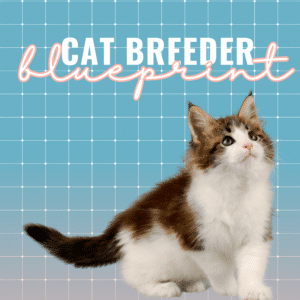

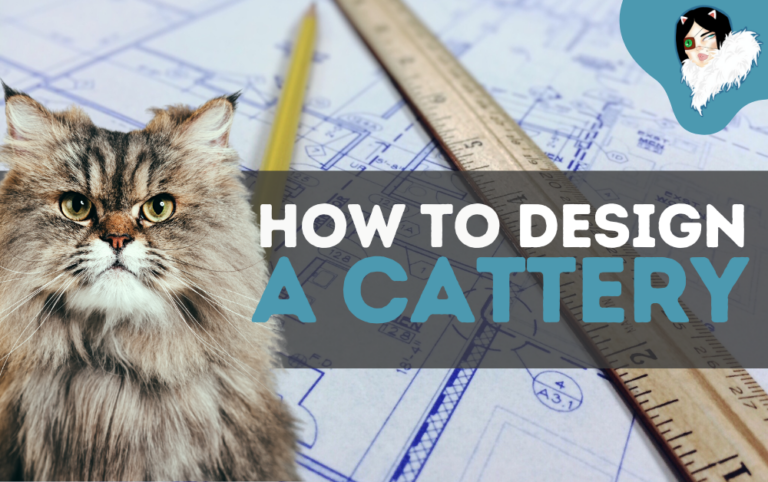
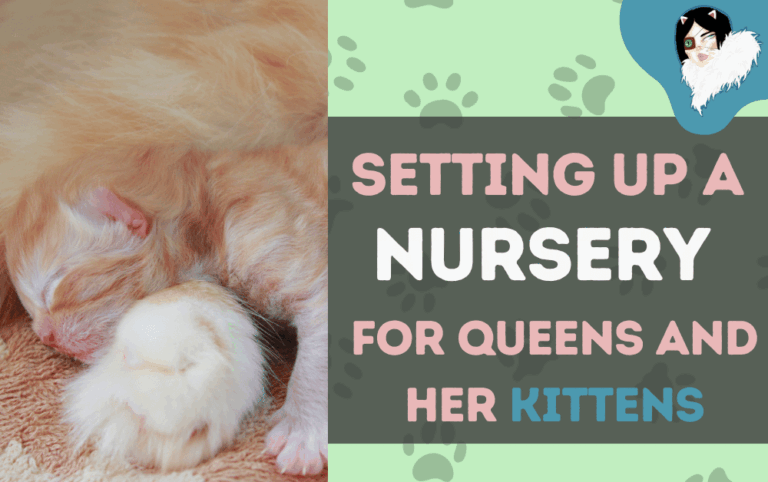
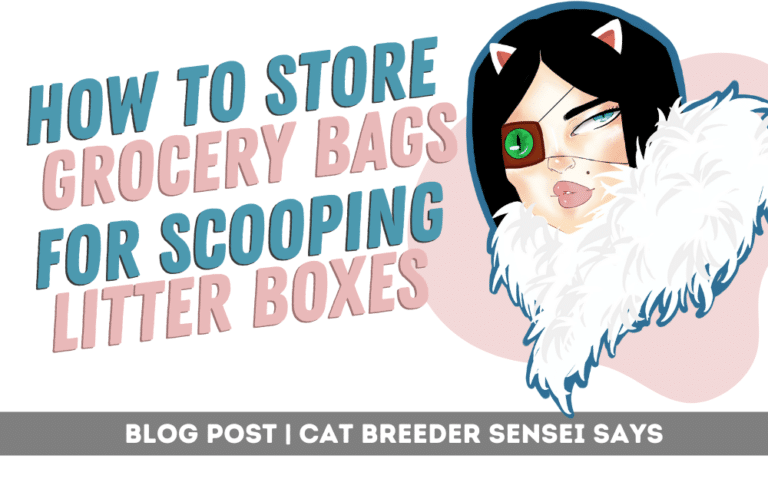
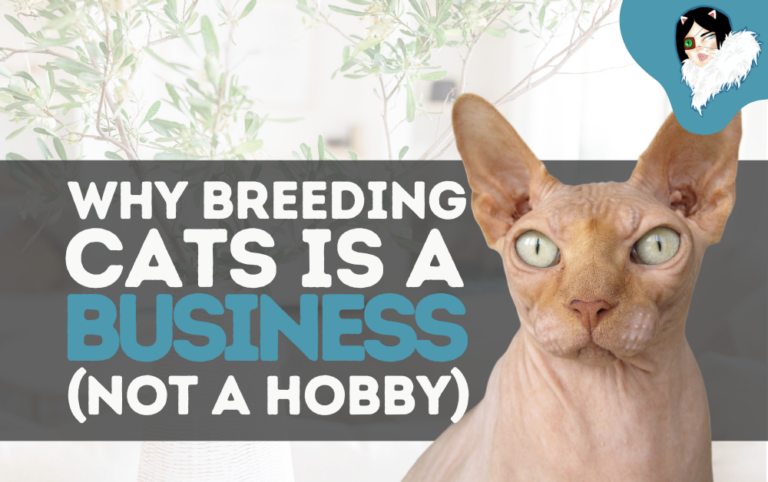


Thank you for this information. I look forward to learning more and setting up my first cattery.